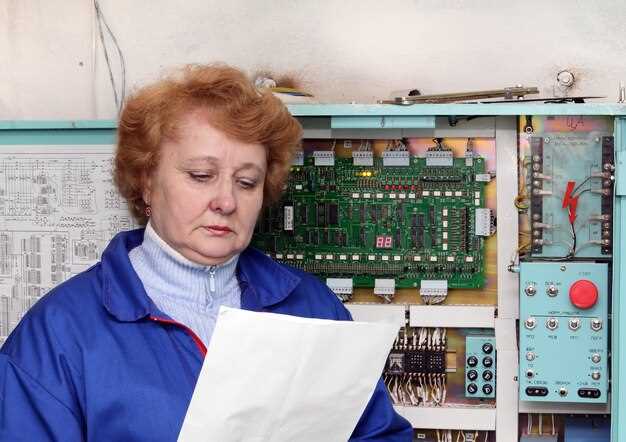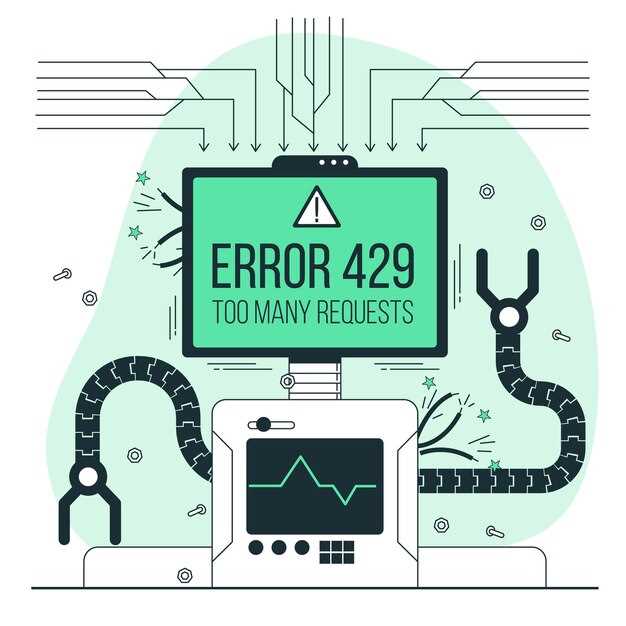
Dashboard electrical issues can often lead to confusion and frustration for vehicle owners. When warnings or malfunctions arise, understanding the fault that lies behind the dashboard lights is crucial for maintaining vehicle safety and functionality. A malfunctioning dashboard can not only obscure important information but may also indicate more severe underlying problems.
Common electrical problems that manifest on dashboards include malfunctioning warning lights, inaccurate readings, and complete absence of illumination. Identifying the source of these issues often requires a systematic approach to troubleshooting. From inspecting the vehicle’s electrical system to checking the condition of fuses and connections, each step is vital in diagnosing the fault that prevents the dashboard from operating effectively.
In this article, we will explore several common dashboard electrical problems, providing step-by-step troubleshooting tips to help you identify and resolve the issues efficiently. By understanding how to approach these problems, you can ensure that your dashboard remains a reliable source of information, keeping your driving experience safe and informed.
Identifying Dashboard Light Malfunctions and Their Causes

Dashboard lights serve as critical indicators of a vehicle’s operational status. When these lights malfunction, it is essential to identify the issue quickly to maintain safety and performance. There are several common causes of dashboard light failures that can be traced back to the vehicle’s wiring, bulbs, or electronic components.
Wiring issues are among the most frequent culprits behind malfunctioning dashboard lights. Frayed or corroded wires can disrupt the electrical signals necessary for the lights to function correctly. A close inspection of the wiring harness connected to the dashboard can reveal hidden faults, such as broken connections or insulation damage.
An additional factor to consider is the condition of the bulbs themselves. Over time, bulbs can burn out, resulting in a complete loss of illumination for specific dashboard indicators. Replacing a faulty bulb is often a straightforward solution that can restore functionality without extensive troubleshooting.
Faulty electronic components may also lead to erratic dashboard light behavior. Control modules that manage dashboard functions can malfunction due to software errors or physical damage. Diagnosing these issues typically requires specialized diagnostic tools to scan for error codes indicative of electronic problems.
In summary, identifying dashboard light malfunctions involves a systematic examination of wiring, bulb condition, and electronic components. Addressing these areas can lead to swift resolutions and ensure that your dashboard reflects accurate information crucial for vehicle operation.
Steps to Diagnose Wiring Faults in Dashboard Systems
Diagnosing wiring faults in dashboard systems is essential for ensuring that all lights and indicators function properly. Begin by gathering necessary tools, such as a multimeter, wiring diagrams, and basic hand tools. This preparation will streamline the troubleshooting process.
Start by inspecting the dashboard for any obvious signs of damage, such as frayed wires or burnt-out bulbs. Pay close attention to the area around connectors and harnesses, as these are common points of failure. If visual damages are evident, repair or replace the affected components before proceeding.
Next, check the dashboard lights for functionality. Turn on the vehicle and observe the operation of each light. If some lights do not illuminate, it may indicate a wiring issue. Use a multimeter to test for voltage at the affected lights’ terminals. A lack of voltage suggests a disconnect in the wiring or a blown fuse.
Trace the wiring from the dashboard to the main harness. Look for loose connections, corrosion, or damaged insulation along the route. If any issues are found during this inspection, address them accordingly. Make sure that all connectors are securely fastened and that no wires are pinched or exposed, which could lead to short circuits.
If the wiring appears intact but problems persist, refer to wiring diagrams specific to your vehicle model. These diagrams provide crucial information on how the electrical components are interconnected. Follow the wiring path to ensure that the signal flow is uninterrupted and confirm that all ground connections are solid.
Finally, conduct a continuity test on the wiring using the multimeter. This will help identify any breaks within the circuit. If a break is detected, replace the damaged section of wiring to restore proper function to the dashboard system. Reassemble everything carefully and recheck the dashboard lights to confirm that all repairs resolved the issue.
Common Tools and Techniques for Dashboard Electrical Repairs

When addressing electrical issues within the dashboard, having the right tools is essential. A multimeter is one of the most important devices; it allows you to measure voltage, current, and resistance in the wiring. This can help pinpoint problems such as short circuits or faulty connections that may affect dashboard lights.
Wire strippers are also crucial for any repairs involving dashboard wiring. They enable you to safely remove insulation from wires without damaging the conductors. Properly stripped wires ensure a good connection and reduce the possibility of future issues.
Additionally, electrical tape and heat-shrink tubing are indispensable for insulating and securing repaired or spliced wires. These materials prevent short circuits and protect against moisture infiltration, which can lead to dashboard light failures.
For more complex repairs, a soldering iron may be necessary. Soldering provides a reliable method for connecting wires and components together, ensuring a strong electrical bond. This technique is particularly useful when dealing with damaged wiring or when reattaching connectors in the dashboard area.
Techniques such as visual inspections should not be overlooked. Regularly checking for loose connections and damaged wires can help catch problems before they escalate. A detailed examination of the dashboard wiring harness can reveal issues that might not immediately affect functionality but could lead to more severe electrical problems later.
Finally, utilizing a wiring diagram specific to your vehicle model can significantly aid in troubleshooting. These diagrams provide a clear roadmap of the electrical system, allowing you to identify which wires correspond to which dashboard lights and components. Understanding these connections is key to efficient and effective repairs.

